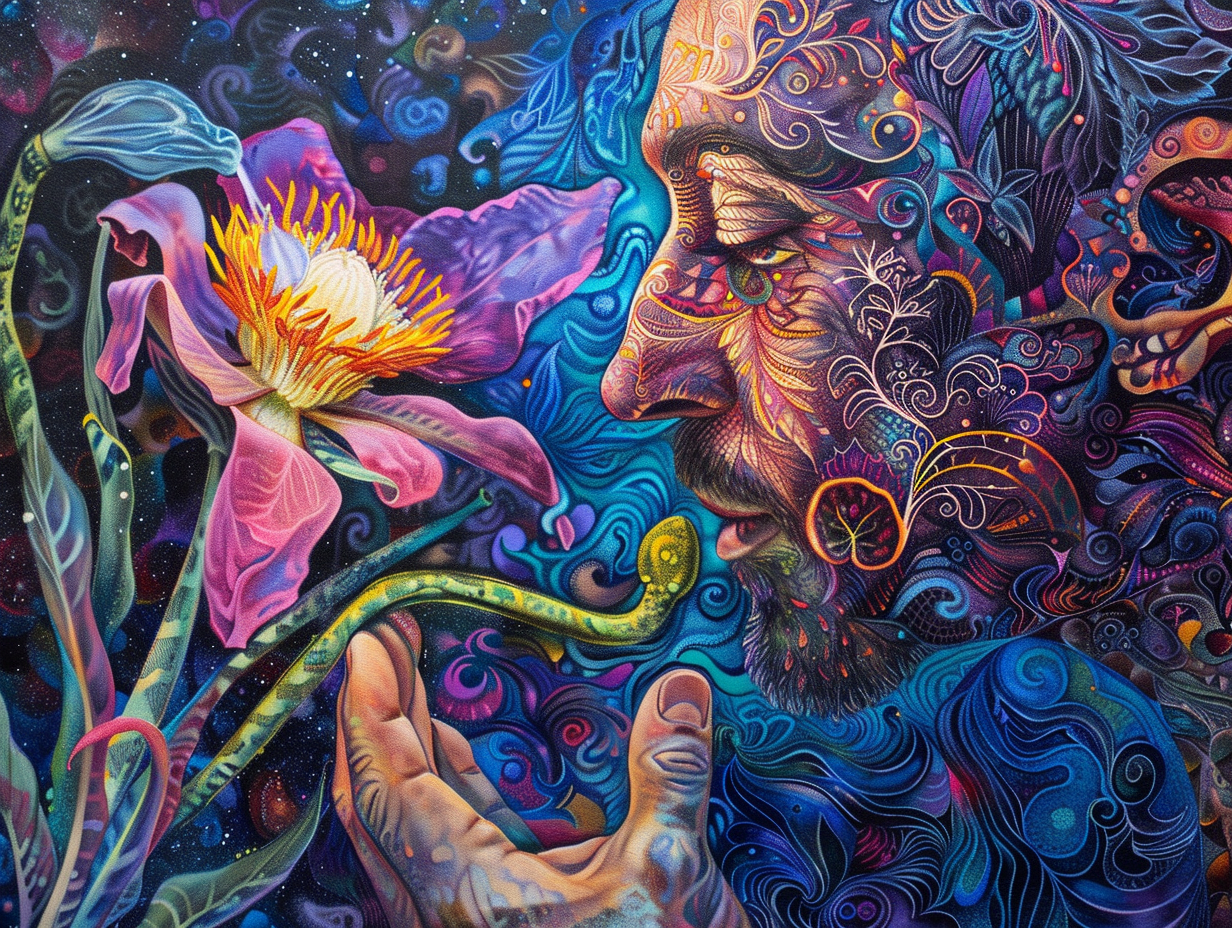The Power of Mindfulness: A Science-Backed Path to Presence (Part 2 of 3)

Why Mindfulness Is Hard for Some People
Despite its benefits, mindfulness isn’t easy for everyone. If you’ve ever sat down to meditate only to feel restless, anxious, or overwhelmed by racing thoughts, you’re not alone. Many people assume mindfulness should bring instant calm, but in reality, the practice confronts us with our own mental chatter.
For some, being still feels unbearable, especially if their nervous system is in a state of fight-or-flight. People with unresolved trauma may find mindfulness challenging because slowing down allows buried emotions to surface. Others may struggle due to high expectations, believing they need to achieve a perfectly clear mind.
The reality is, mindfulness is not about erasing thoughts or achieving a blissful state. It’s about learning to be with what arises, without resistance. Yet, for many, sitting in silence can feel frustrating or even impossible. The good news? Presence isn’t limited to meditation—there are many paths to mindfulness.
How to Access Mindfulness More Easily
If sitting in meditation feels impossible, presence can still be cultivated in everyday life. Many people find movement-based mindfulness, such as walking in nature, yoga, or tai chi, to be more accessible than sitting in stillness. Engaging the senses—whether through mindful eating, deep listening, or simply noticing the rhythm of breath—can serve as a gateway to the present moment.
Creativity is another powerful access point. Activities like painting, playing music, or even cooking can ground awareness into the here and now. Rather than forcing stillness, the goal is to find presence in what naturally engages you.
🚀 In Part 3, we’ll explore how to integrate mindfulness into daily life and make it a sustainable, rewarding practice.
Related Resources
Explore insights and practical guidance for your personal journey.




